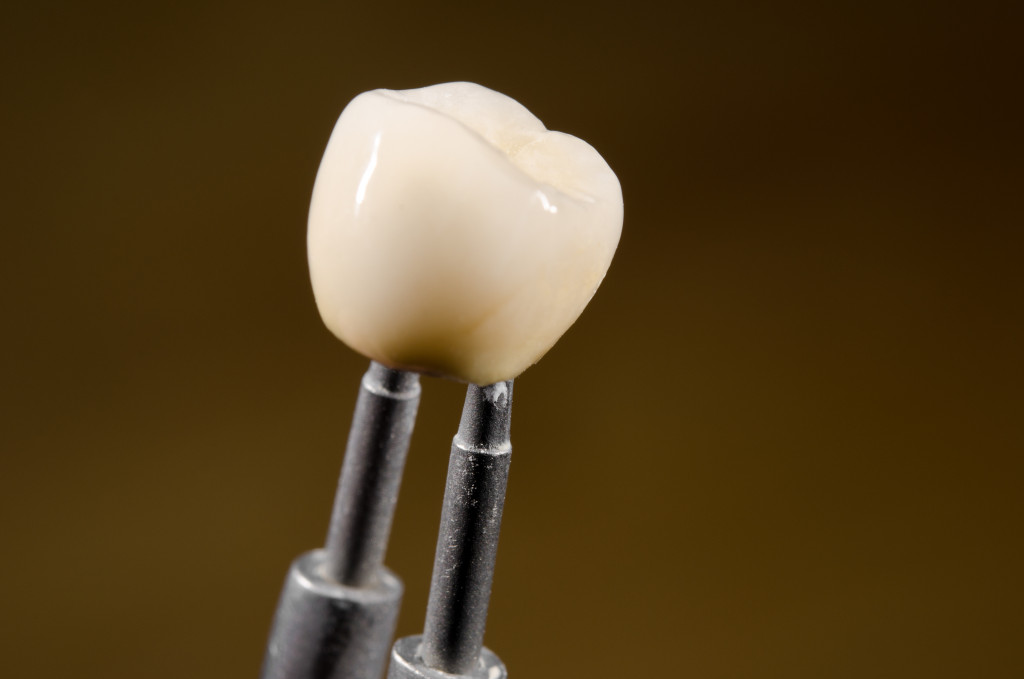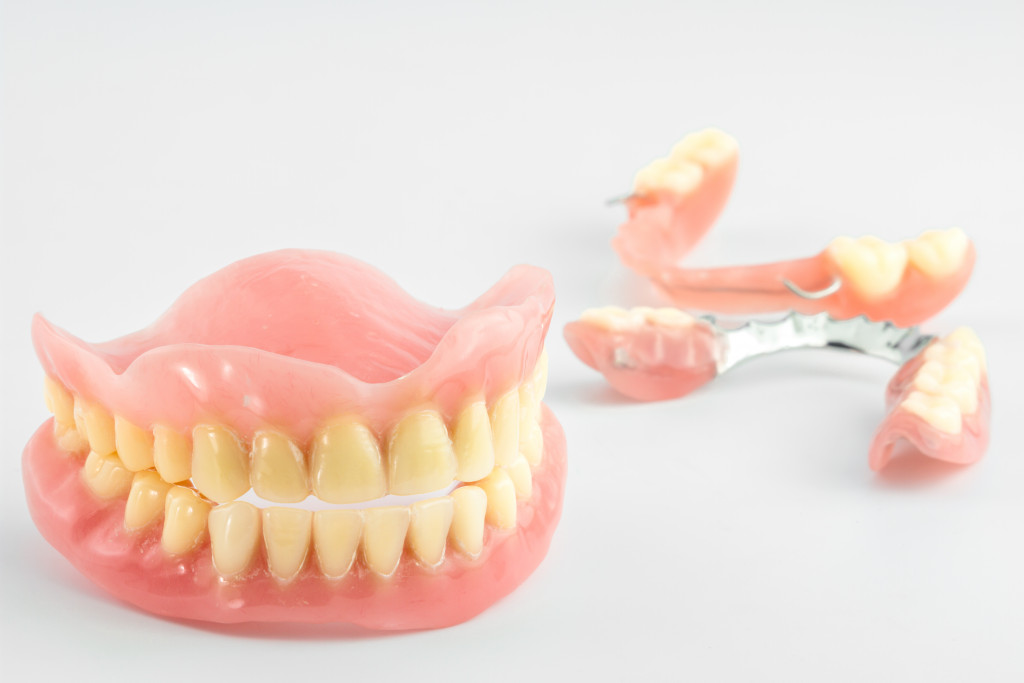- Hyperdontia is a dental condition in which an individual may have more than 32 teeth.
- Symptoms of hyperdontia can include overcrowding, decay, gum disease, and misaligned bites.
- Hypodontia is when an individual has fewer than 32 teeth and can cause gaps, misalignment, and difficulty chewing or speaking.
- Treatment options for hyperdontia include dental extraction, orthodontic treatment, and braces.
- It’s possible to live with either condition and consulting a qualified dentist is essential to determine the best course of action for your particular situation.
Humans have a set number of teeth that shouldn’t differ from person to person. However, some people might experience abnormalities in the number of teeth humans have, such as hyperdontia and hypodontia. These conditions affect the number of teeth in your mouth, and it’s essential to distinguish between these two conditions to understand them fully.
Dental Disorders in the U.S.
Dental disorders are quite common in the U.S. However, two conditions are especially prevalent: hyperdontia and hypodontia. Here’s what you need to know about them:
Hyperdontia
Hyperdontia is a dental condition in which a person develops more teeth than usual. According to dental experts, an individual should have 32 teeth in their mouth, including four wisdom teeth. However, hyperdontia occurs when a person exceeds this number by having more teeth in their gum line. Hyperdontia can affect both primary and permanent teeth, and its severity varies from person to person. This condition is often caused by genetics and can also be attributed to conditions such as Gardner Syndrome and cleft palates.
The symptoms of hyperdontia include a crowded mouth, which can lead to reduced spacing between teeth, tooth decay, gum disease, and a misaligned bite. In severe cases, hyperdontia may require dental extraction to avoid complications and uncomfortable symptoms.
Treatment Options
There are various treatment options for this disorder. Here are some of them:

Dental Extraction
Having too many teeth can be problematic, and dental extraction may be the most effective way of treating hyperdontia. During this procedure, your dentist will remove the extra teeth to make room for the others in your mouth and improve your bite.
Orthodontic Treatment
In some cases, orthodontic treatment might help alleviate the symptoms of hyperdontia. This can include braces, Invisalign, or other similar treatments to improve the alignment of your teeth and ensure a comfortable bite.
Hypodontia
In contrast, hypodontia is characterized by having fewer teeth in the mouth than the usual dental formula of 32 teeth. Hypodontia, also known as congenitally missing teeth, can affect both primary and permanent teeth. This congenital condition is typically caused by genetics or medical conditions that affect tooth development, such as ectodermal dysplasia or cleft lip and palate. Hypodontia can affect any tooth in the mouth, but it most commonly affects the lateral incisors, second premolars, and wisdom teeth.
The symptoms of hypodontia include gaps in the teeth, misalignment of teeth, and an unequal bite. People with congenitally missing teeth may also experience difficulty chewing food and speaking. Treatment for this condition may vary depending on the number and location of missing teeth. Orthodontic treatment, dental implants, bridges, and partial dentures are some options to replace missing teeth.
Treatment Options
Much like hyperdontia, there are various treatment options for hypodontia. Here are some of them:
Dental Implants
If you have a single missing tooth (or multiple teeth), dental implants can be an effective solution to replace them. Dental implants involve placing a titanium post in the jawbone, a replacement root for the missing tooth. Once the base is in place, a crown or bridge will be placed to complete the implant.

Dentures/Partial Dentures
Dentures (or partial dentures) are a great solution for people missing multiple teeth. Dentures involve creating a prosthetic device that fits over the gums and replaces all missing teeth. They can help improve your appearance and chewing ability as well.
Bridges
Another solution for missing teeth is installing bridges. It involves placing crowns on either side to replace them. Traditional restorative dental bridges come with various benefits. One benefit is that it prevents further tooth movement, which can happen when a gap is left from missing teeth.
Hyperdontia and hypodontia are two dental conditions that affect the number of teeth in an individual’s mouth. Hyperdontia is characterized by having more than the usual number of teeth, while hypodontia occurs when there are fewer than the usual number of teeth. Recognizing and treating these conditions is important to avoid any further complications or discomforts. Treatment options may include dental extraction, orthodontic treatment, dental implants, bridges, and partial dentures. Consulting a qualified dentist is essential to determine the best course of action for your particular situation.



